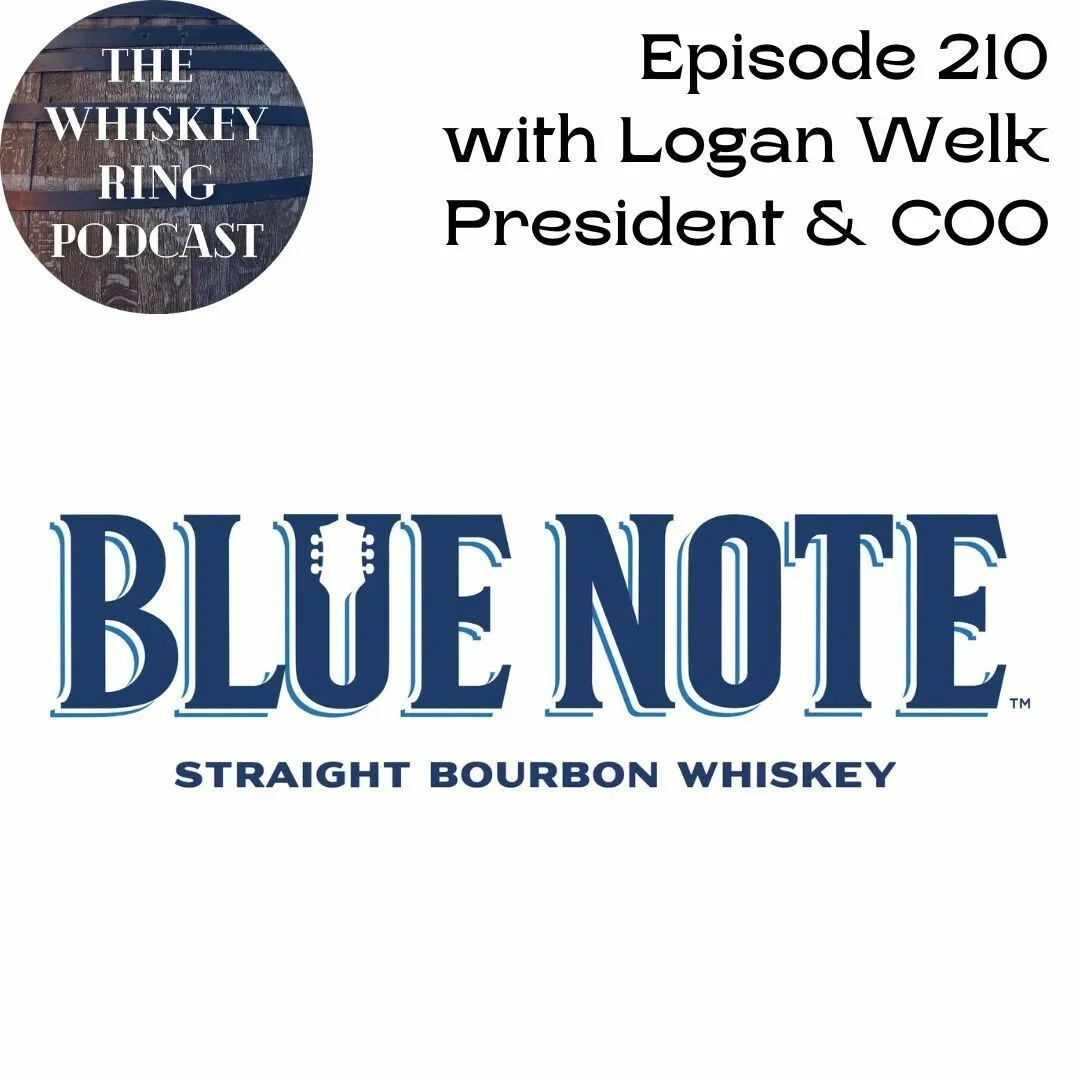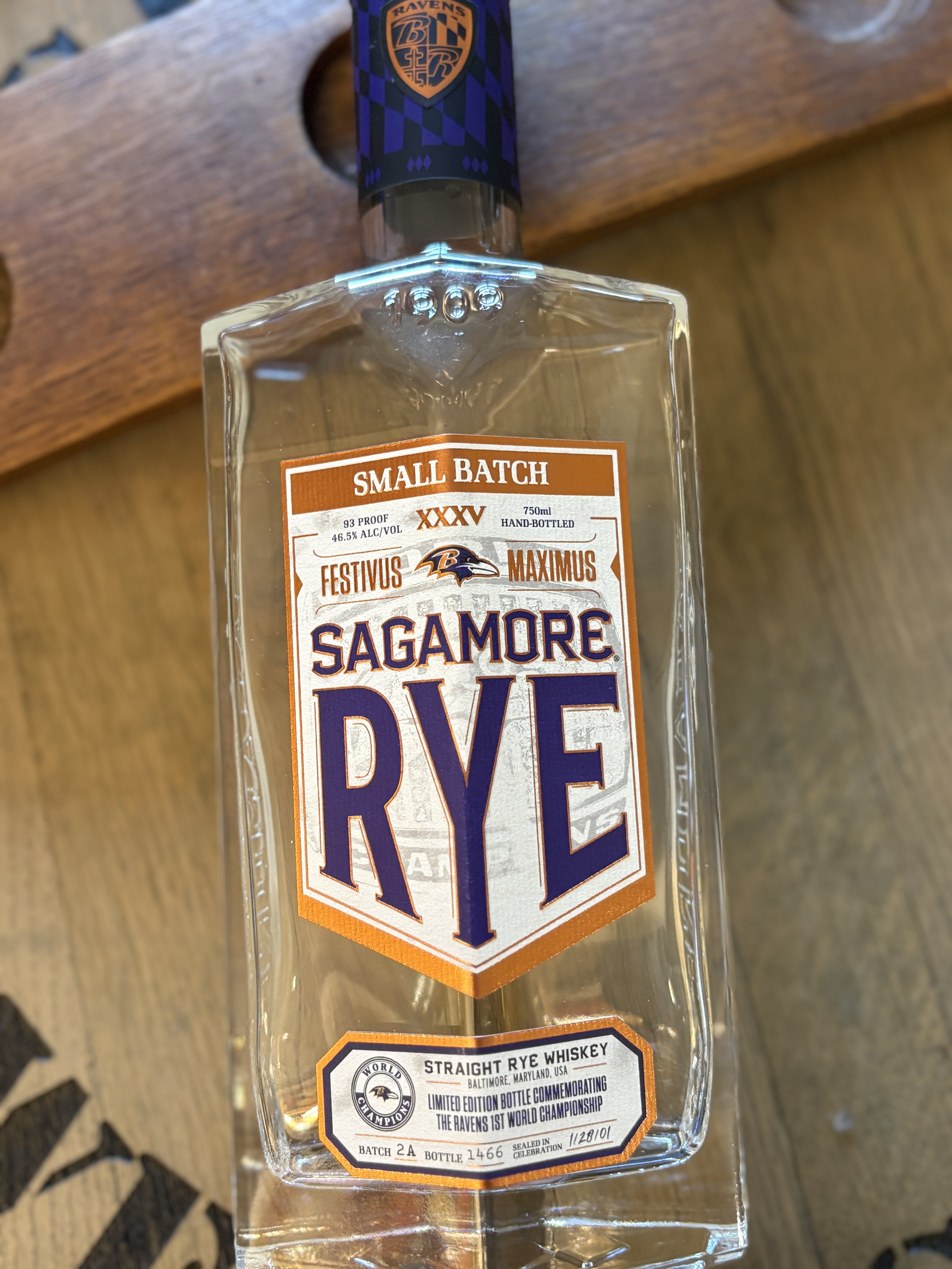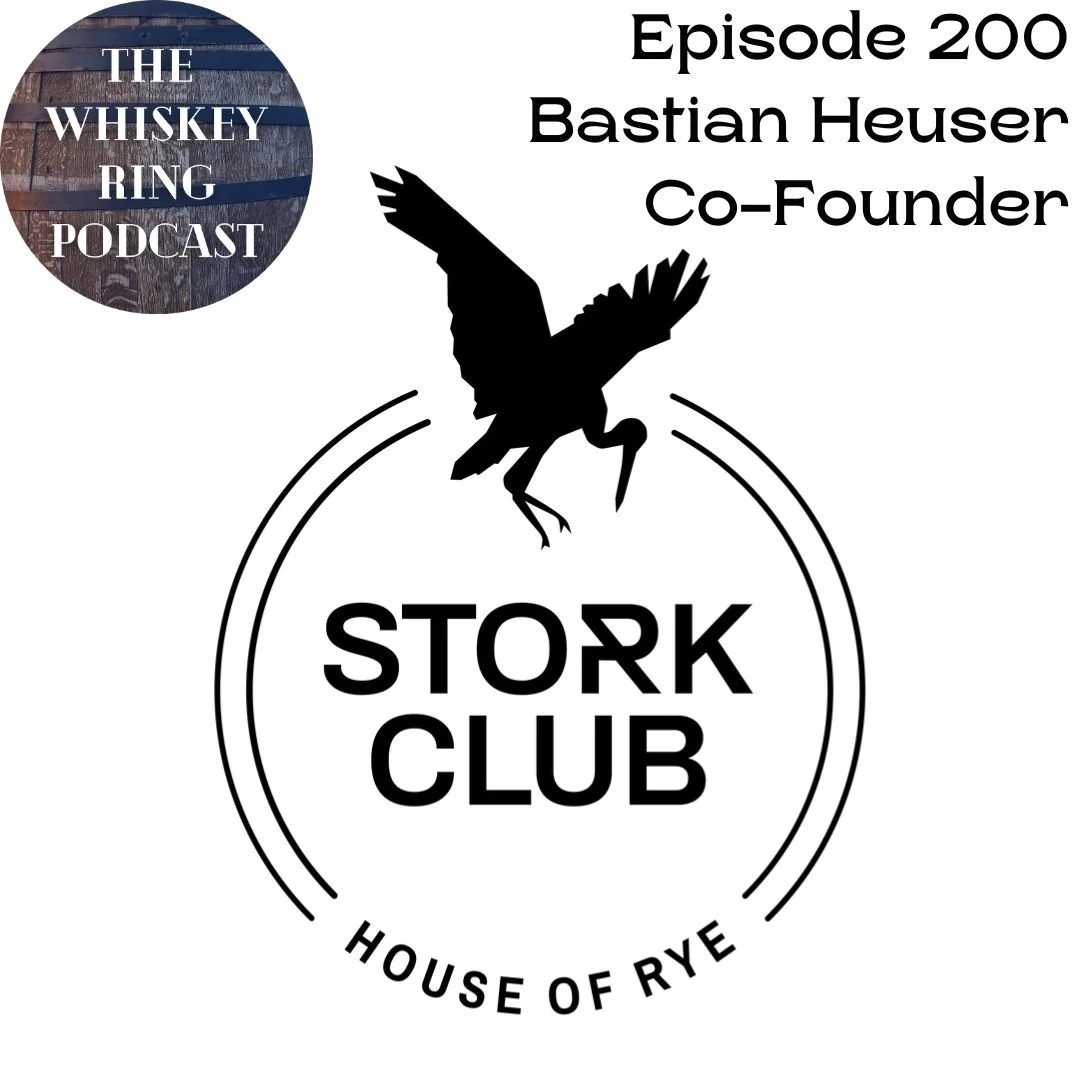Stoll & Wolfe Pennsylvania Rye Whiskey
It’s impossible to talk about Stoll & Wolfe Distillery without talking about Dick Stoll.
Among his many career accolades and achievements - many, it should be noted, that occurred when “master distiller” was a functional role and not a celebrity one - he distilled for decades at Bomberger’s (later Michter’s) Distillery in Schaefferstown, PA. He was responsible for the A. H. Hirsch bourbon, considered by many to be the greatest bourbon ever distilled, and saw the end of the “old” Michter’s and the rebirth of the “new” Michter’s.
There are myriad stories about Dick, and any number of people are more qualified to tell them than I. In parsing the stories and hearing them told, there are some threads that tie them all together. Let’s call them Stoll Markers.
Work ethic: Dick was fastidious about doing things right. Told to me by both Erik Wolfe and another unnamed source, Dick was horrified in the last days of Michter’s to be forced to distill a batch of moldy grain. When he fought back, he was told it would be shipped overseas and that it didn’t matter because it would still sell. He never forgot that.
Grain is the star: Dick was amazed that the Hirsch bottlings were so popular. To him, they were simply the regular bourbon that he had always distilled, just aged longer because the original buyer had forgotten to get them (or decided not to - that part is uncertain). For him, older whiskies from America didn’t always represent his ideal because the cask overshadowed the grain. No matter the age, to Dick, a whiskey should never age so long that you can’t identify the grain underneath.
Grain is the star, part 2: Dick operated at a time when master/head distillers, for the first time, began to become celebrities. As contemporaries like Booker Noe, Jimmy (and Eddie) Russell, and Jim Rutledge became household names for bourbonites, Dick preferred to let the whiskey speak for itself. In my own whiskey journey, his was not a name that regularly came up outside of distillery-specific conversations around Michter’s and, later, Stoll & Wolfe. When he passed in 2020, no one could argue we’d lost a giant - but a giant in obscurity.
When Erik Wolfe convinced Dick to come out of retirement and help start Stoll & Wolfe, Dick made these points clear. For once, he would allow his name on a label - but only if those standards were met and kept.
Almost two years after Dick’s passing, Stoll & Wolfe is no longer working only with distillate run under his supervision. The year-old rye this review focuses on was mashed, fermented, distilled, and aged after he was gone. So, the lens through which I view this rye includes whether or not Dick’s vision (and Erik’s, to be fair) is still the presiding vision.
In talking to Erik, it takes about 2 minutes to see that the answer is yes. You don’t need to taste the whiskey to tell that the answer will be yes (though of course you should and I did). Sometimes hagiography can color a person’s memory to the point of washing out the faults and difficulties - in this case, the way in which Erik memorializes Dick is one of awe and respect. To deviate from the vision they created would be to disrespect the man himself, his memory, and the half-century of work ethic he cultivated. Stoll Marker One: accomplished.
Of course, this vision is not possible without Erik’s own history and connection to it. Born and raised in Lancaster County, PA, an area synonymous with Pennsylvania Deutsch/Dutch, the Amish, and most relevantly, rye, Erik didn’t have dreams of becoming a distiller. He has family on a nearby 85-acre farm whose land was deeded to them by William Penn’s brother Michael in the pre-Revolutionary War era. Erik was brought up knowing this heritage, but it wasn’t a heritage that kept him in one place.
Erik eventually moved away from Lancaster to the New York City area, keeping in touch with the craft distilling movement but not “making a move”. He recounted to me how when the idea to start a distillery came to him, he asked his wife whether the movement had already passed them by. Had it peaked? Was there room for another craft distillery? Was there room for one focused on reviving a heritage style of rye and whiskey?
That was 2016-2017. In the latter, Erik moved back home to Lancaster County. In October 2017, Stoll & Wolfe Distillery opened its doors.
Five years later, they’re still going strong. With a 50-gallon pot still, an 18-foot-tall and 12-inch diameter column still, a thumper/doubler, and local grain, Stoll & Wolfe is pumping out a rye that is both old and new. Using Rosen rye, a heritage strain that was effectively wiped out from disuse, the distillery is carving out its own profile that respects the grain and uses the whiskey to educate its drinkers, in honor of the man whose name is first on the label.
What type of rye is it, though? The rye content in their Pennsylvania Rye is 60%, with 30% corn and 10% malted barley, nowhere near a Monongahela, MGP 95/5, or 100% rye recipe that would’ve passed easily as “Pennsylvania-style” rye. And yet, as soon as you pop the cork, you know this is a rye.
It’s not the astringent, woody herb of a 100% rye, or the dilly-ness (is that a word?) of MGP 95/5. It’s also not the sweet, candied rye of a Maryland/Kentucky style, or a caramelized grain and buttery rye in the style of Jack Daniel’s Rye.
If anything, this rye reminded me most of Black Button Distilling’s Four-Grain Bourbon. The Stoll & Wolfe Rye is still a rye, of course, but it shared a unique character with the Black Button Bourbon. With the Black Button Four-Grain Bourbon at 92 proof and around 2 years old and the Stoll & Wolfe Pennsylvania Rye at 90 proof and around one year old, both showcased a remarkable balancing act: a young whiskey that tasted like the grain without tasting young, with enough oak to make you know its a whiskey but not nearly enough to overpower the flavors from the grains.
In short, this is a rye you give to someone who wants to know what a rye is. It’s a rye you show to a snob who thinks rye and whiskey more generally can only be good at a certain, older age. It’s a rye you pour for a whiskey nerd who wants to know how Rosen rye might differ from more common varietals. And, finally, you pour it for someone - like me - who believes it’s difficult to make an adequate American whiskey at 90 proof that isn’t watered down or flavorless.
Stoll marker 3: accomplished.
As for Stoll Marker 3, that’s up to Erik and the team to decide. If their actions and their products indicate anything, I have no doubt they’ll keep to Stoll Marker 3 as well. He would be proud.
Stoll & Wolfe Pennsylvania Rye Whiskey: Specs
Classification: Pennsylvania Rye Whiskey
Origin: Stoll & Wolfe Distillery
Mashbill: 60% Rosen Rye, 30% Corn, 10% Malted Barley
Proof: 90 (45% ABV)
Age: 1 Year Old
Location: Pennsylvania
Stoll & Wolfe Pennsylvania Rye Whiskey Price: $30.47
Stoll & Wolfe Pennsylvania Rye Whiskey Review: Tasting Notes
Eye: Very light, almost single malt-light. Splotchy rims and slow droplets.
Nose: Green apples, quite sweet up front. Herbed honey, like a fir or thyme honey. Doesn’t smell young at all. The manuka honey notes grow alongside gentle, if unusual, rye.
Palate: The green apple here is fresh off the tree, almost tart. More wood here than I expected, but after none on the nose that’s hardly surprising. There’s creaminess and a little oak from the cask. The toasted honey sticks in the background alongside the more concrete rye. Mouthfeel is bright, peppery, a bit oily yet coating flavor-wise if not feel-wise. Honey continues to build.
Finish: The honey - dark and toasty - takes over the finish in a not-too-sweet way, balancing the peppery rye. Medium-length, with the flavor staying longer than the feeling.
Overall: A classic pour for Rosh Hashanah. This is a new type of rye for me, and I love that. Very little herbaceous-ness, mostly tart apple and honey with rye peppered on top. This isn’t watered-down or woody. A great start at this age with many applications for educating a new whiskey drinker.
Final Rating: 6.7
10 | Insurpassable | Nothing Else Comes Close (Elijah Craig Barrel Proof Old Label Batch 4 or 2, Blanton’s Straight from the Barrel)
9 | Incredible | Extraordinary (GTS, Elijah Craig Barrel Proof B518 and B520)
8 | Excellent | Exceptional (Stagg Jr. Batch 10, Highland Park Single Barrels)
7 | Great | Well above average (Blanton’s Original, Old Weller Antique, Booker’s)
6 | Very Good | Better than average (Four Roses Small Batch Select, Knob Creek 14+ YO Picks)
5 | Good | Good, solid, ordinary (Elijah Craig Small Batch, Buffalo Trace, Old Grand-Dad Bottled-in-Bond)
4 | Has promise but needs work
1-3 | Let’s have a conversation










